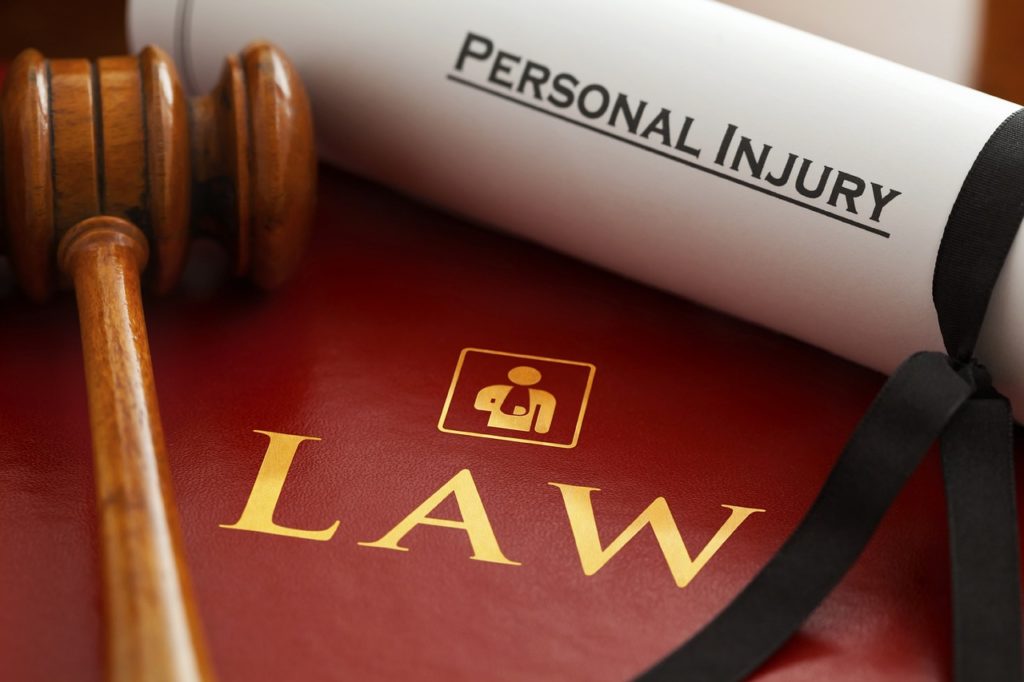Heat-Related Workplace Injuries: Know Your Rights

As temperatures rise, so does the risk for workers exposed to the elements—especially in industries like construction, landscaping, agriculture, and delivery services. In states like Florida, where summer heat and humidity can be relentless, heat-related injuries aren’t just common—they’re a serious and preventable threat. Understanding the Dangers Heatstroke, heat exhaustion, heat cramps, and dehydration are […]
Pool Accidents & Drownings: When a Day in the Sun Turns into a Legal Nightmare

Poolside vibes? Love them.Slippery tiles, faulty drains, or unsupervised kids? Not so much. Florida pools are a staple of summer—but they’re also the site of thousands of preventable injuries each year. When someone drops the ball on safety, the consequences can be devastating… and often, legally actionable. If your pool day turned into an emergency, […]
Injured While Having Fun? What You Need to Know About Summer Sports & Recreation Injuries

Summer says “get outside.”Your knee says “bad idea.” From jet skis to jungle gyms, Florida is built for outdoor action. But when a weekend activity ends with a trip to the ER instead of the beach bar, you have to ask: Was someone else at fault? If your injury happened because safety took a backseat, […]
Hurt by Fireworks? Here’s What to Do If Your 4th of July Turns Explosive

Summer nights. Fireworks in the sky. Music. Drinks.Then—boom. Someone lights the wrong fuse. A spark hits the wrong person. A firework misfires, and suddenly the celebration turns into chaos. Every year, thousands of people in Florida end up in ERs from fireworks-related injuries—many of them preventable, and many caused by someone else’s negligence. If that […]
What Counts as Emotional Distress in a Personal Injury Case?

Physical injuries aren’t the only type of harm after an accident. Emotional distress is real—and legally recognized. What Is Emotional Distress? When Is It Considered in Court?You need to show: Proving It: Compensation May Cover: Why You Need Legal HelpDarfoor Law gathers the right evidence, proves emotional harm, and fights for compensation beyond just physical […]
Dealing with Uninsured or Underinsured Motorists in Florida: A Step-by-Step Guide

Being involved in a car accident is stressful, but the situation becomes even more complicated when the at-fault driver is uninsured or underinsured. Unfortunately, Florida has one of the highest rates of uninsured drivers in the U.S., making it essential for motorists to understand their rights and options in such cases.
Beyond Vehicle Damage: Maximizing Your Compensation After a Car Accident

The aftermath can be overwhelming, especially when dealing with vehicle repairs, medical expenses, and insurance claims.
Navigating Car Accidents in Florida: What You Need to Know

Accidents happen, and car accidents can be particularly stressful and overwhelming. If you’ve been involved in a car accident in
Common Mistakes to Avoid in Personal Injury Cases

Navigating a personal injury case can be a complex and overwhelming process. Making mistakes during this critical time can significantly affect the outcome of your case. Here are some common mistakes to avoid and practical advice to ensure you get the best possible result.
What to Do After a Car Accident: A Step-by-Step Guide

Car accidents are sudden and stressful events that can leave you feeling shaken and unsure of what to do next.

